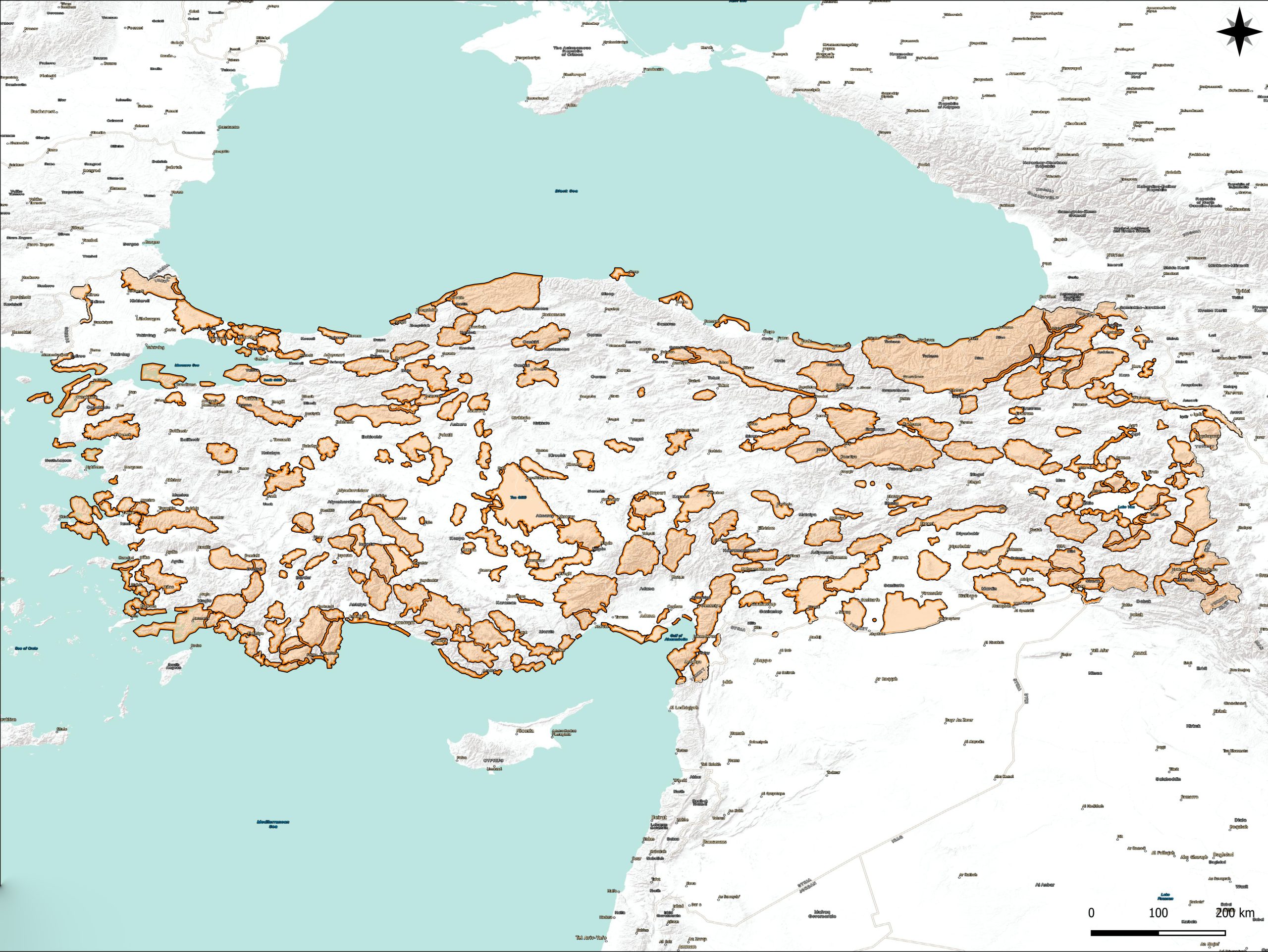
“Turkey’s Key Biodiversity Areas” of global importance, where threatened species live, are being updated 17 years later according to new criteria. It will be completed by the end of 2024 with the work of 12 academics and experts. During this period there will be more experts and volunteers joining the efforts. In the end, the current state of Turkey’s biodiversity and habitats will be presented and the lists of natural areas requiring conservation, as well as threats, will be updated.
Key Biodiversity Area (KBA) is a concept put forth to determine sensitive and unique ecosystems. For this purpose, a series of ecological indicators are used, starting with species that are threatened and/or have restricted geographical range. KBA is a standardized method based on the distribution and population of threatened species and habitats that require conservation. These areas are selected via tangible criteria dependent on globally viable threshold values.
World has decided on the Key Biodiversity Area method.
In 2006, Doga published the first national KBA inventory “Turkey’s Key Biodiversity Areas” together with many experts in their fields. According to the scientific criteria, 305 areas were identified in Turkey as requiring conservation and monitoring of the threatened species or critical habitats during planning of activities within their borders.
Prof. Dr. Ahmet Karataş, who made great contributions to the first inventory and is a part of the 2023 team has stated: “In the 2006 study of eight different groups; data on plants, dragonflies (damselflies), butterflies, freshwater fish, amphibians, reptiles, birds, and mammals were synthesized. As a result, 305 Key Biodiversity Area of global importance were identified in Turkey. Later in 2016, International Union for Conservation of Nature (IUCN) acknowledged KBA method as the international standard for determining areas of priority. Identification of KBAs began in many countries in the world. When the Key Biodiversity Areas are updated in Turkey, which used this method first, it will once again be an example study for many countries.”
How will Key Biodiversity Areas be updated?
Doga’s Conservation Manager Şafak Arslan, who leads the coordination of the updating project, has stated: “Updating of KBA is being conducted by an expert team with the coordination of Doga. We have begun in 2023 and we aim for it to be completed in 2024. In addition to the 2006 study, molluscs are also being included in the analysis. Experts on nine groups are determining the species meeting the criteria and the habitats of these species. Following the initial analyses, other experts will join the project and the work will begin to determine the properties, borders and threats regarding these areas. After the first group of 12 academics and experts completes their work, two other groups will join to expand the team.”
The change in Turkey’s nature for the past 20 years will be brought into the light.
Arslan has also added: “Turkey has lost many globally important areas and the biodiversity within the past 20 years. With this study, the change in Turkey’s nature and the reasons will be analysed. In the meantime, new species and areas that were discovered through new research will also be studied. Turkey has more experts, data and civil initiatives defending nature compared to 20 years before. We aim for a team as big as possible to be involved in the updating efforts. When we complete this project, we will all be working together to promote, conserve and defend these globally important areas.”
For more information and communication:
Şafak Arslan Conservation Manager
[email protected] +90 507 346 09 14
KBA Update Main Coordination Team
|
Prof.Dr. Ahmet Emre Yaprak |
Plants |
|
Prof.Dr. Ali Kandemir |
Plants |
|
Prof.Dr. Burçin Aşkım Gümüş |
Molluscs |
|
Doç.Dr. Ali Miroğlu |
Dragonflies (Damselflies) |
|
Dr. Evrim Karaçetin |
Butterflies |
|
Doç Dr. Baran Yoğurtçuoğlu |
Freshwater Fish Species |
|
Prof. Dr. Kerim Çiçek |
Amphibians and Reptiles |
|
Prof.Dr. Ahmet Karataş |
Mammals |
|
Cem Orkun Kıraç |
Mammals |
|
Şafak Arslan |
Birds and Mammals |
|
Mehmet Kaya |
GIS |

There are no comments published yet.